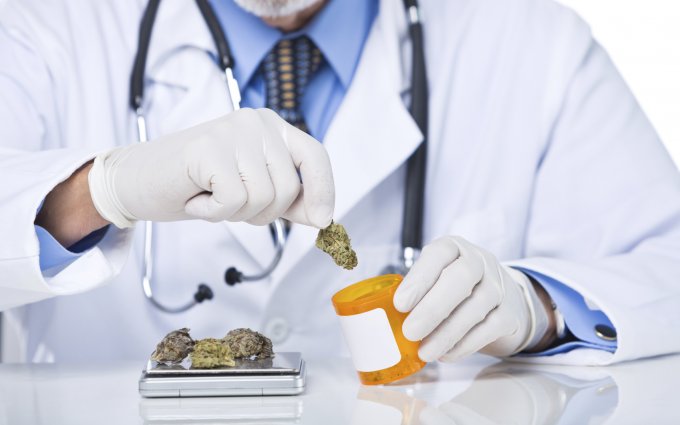04/14/2015

Medical marijuana is a complex issue with a broad range of social, political, economic and clinical implications. Despite the scope of the subject, state laws and popular views on the therapeutic uses of medical marijuana are changing rapidly. It’s likely you will soon encounter requests for this drug in your organization’s workers’ compensation claims if you haven’t already. Let us help you prepare by covering some of the main points of this multifaceted issue.
We also invite you to join our live discussion at noon on April 27 at the RIMS Annual Conference and Exhibition in New Orleans. Paradigm Medical Director Hassan Moinzadeh, MD, will present “Medical Marijuana: Facts, Myths and Controversies” about the drug’s physiological effects, medical applications, legal considerations and current impact on workers’ compensation. Visit the “Thought Leader Theater” inside the RIMS Hub, booth #1021, for an interactive, 25-minute session on this controversial topic. Linda Maw, the Director of Workers’ Compensation Claims for TrueBlue, will share the employer’s perspective.
Medical Marijuana Research Lacking
Any evaluation of medical marijuana as a potential treatment requires a comprehensive, evidence-based medical approach to examine the drug’s efficacy, safety and impact on a worker’s recovery from injury. The current legalization movement often overlooks the facts that scientific data is still insufficient and medical marijuana lacks the large, randomized controlled clinical trials that can validate and justify its therapeutic effectiveness as compared to other traditional medical therapies. This is especially true for the use of medical marijuana correlating to functional restoration and recovery of injured workers.
Historical Background
Marijuana has been a Schedule 1 drug under the Controlled Substances Act since 1970. To date, it is legal for medical use in 23 states. The current therapeutic uses of medical marijuana—chemotherapy induced nausea and vomiting, HIV/AIDs related cachexia and anorexia, and muscle spasticity/neuropathy associated with Multiple Sclerosis—are widely supported by the medical community. Although largely anecdotal, the medical industry is alleging its potential utility in PTSD, epilepsy, and glaucoma among other medical conditions without sufficient evidence.
In the United States, marijuana is currently the third most widely used recreational drug (behind alcohol and tobacco), and the most widely used illicit substance. Hence, there are complicated political and ethical implications in allowing such a popular illicit substance to be used for medical purposes.
Promise in Synthetic Cannabinoids?
Whether medical marijuana is prescribed as the herbal plant to be smoked otherwise ingested, or as an FDA-approved synthetic pharmaceutical cannabinoid, there is presently scarce evidence-based literature to support or validate using this substance in injuries related to workers’ compensation. Interestingly, the heightened medical therapeutic focus is identifying other cannabinoid related compounds where future synthetic options may in fact facilitate and promote sanguine target health effects with fewer negative or psychoactive symptoms.
The medical community and public at large have a significant need for more in-depth research into the therapeutic potential of both natural and synthetic options. To learn more, talk with Paradigm Outcomes’ clinical expert on medical marijuana at RIMS on Monday, April 27, at noon in booth #1021.